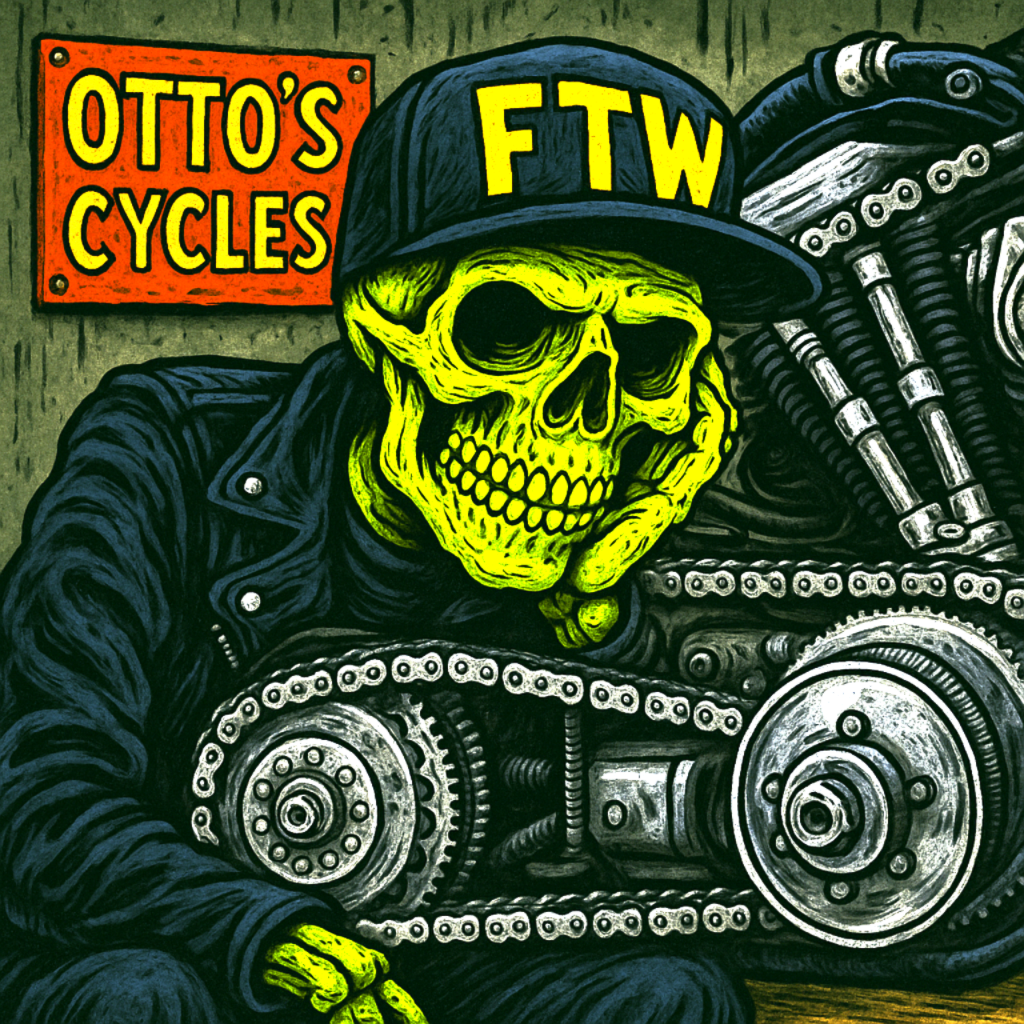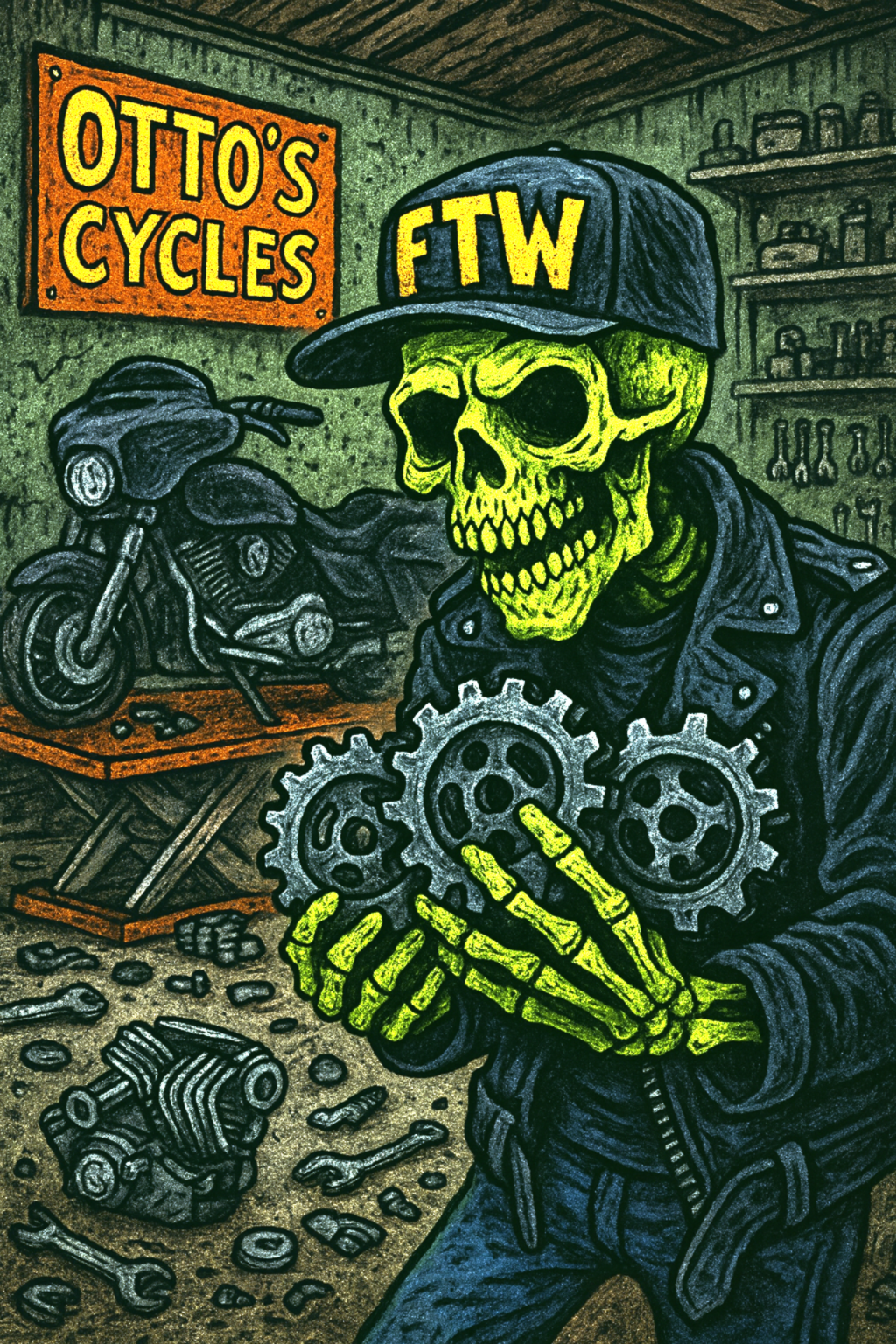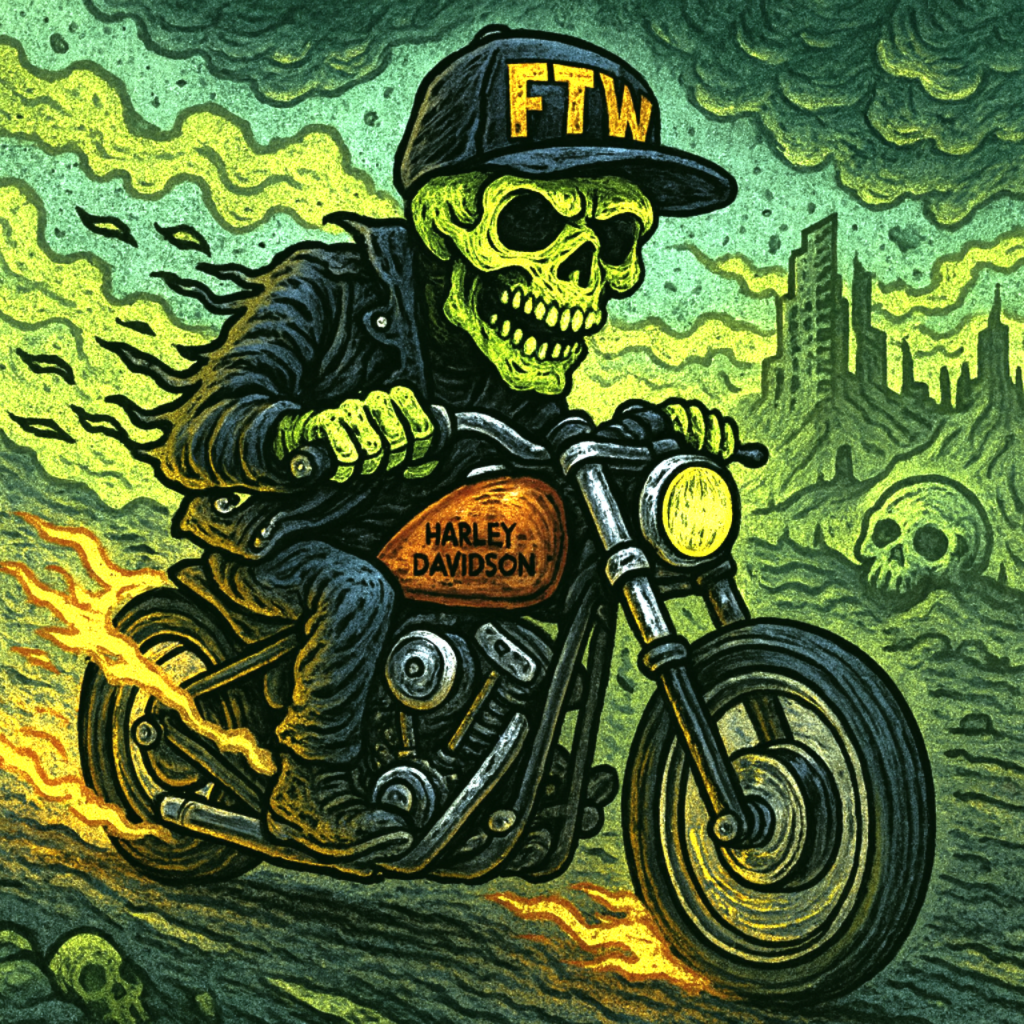Long Legs for the Modern Twin: Gearing Twin Cams and M8 Harleys
HERMAN IS GOING BACK TO BASICS
There’s an old truth about Harleys: gearing makes or breaks the ride. You can build all the horsepower you want, bolt on shiny pipes, and stroke the mill to kingdom come, but if your gearing’s wrong the bike never feels right. Too short and you’re buzzing like a chainsaw at highway speed. Too tall and the thing lugs through town like it’s carrying bricks in the saddlebags. Somewhere in between is the sweet spot—the gearing that lets a Harley breathe easy, pull hard, and carry you mile after mile without a fight.
That wisdom was gospel in the Evo and Shovelhead days, and it hasn’t lost a bit of relevance in the Twin Cam and Milwaukee-Eight era. If anything, it’s even more important now. Let’s break down what gearing really means on modern Big Twins, and why a simple sprocket swap can change your whole motorcycle.
Idle to wide-open, every gear’s a choice.
Harley Drivetrain Ratios Through the Eras
Every Harley’s drivetrain is a chain of ratios. The primary drive links the engine sprocket to the clutch basket for example, a 34tooth engine sprocket driving a 46tooth clutch equals 1.35:1. The transmission multiplies torque through each gear, with a five speed topping out at 1:1 direct, and a six speed offering either direct 1:1 or an overdrive around 0.89:1. Finally, the final drive ties the transmission pulley (or sprocket) to the rear wheel. A belt setup might use 32 teeth up front and 66 out back for 2.06:1. Multiply them all together, and you get the overall drive ratio — the number that defines how your Harley feels in the real world.
Chain Drive Evos (and late Shovels):
Early Evos and Shovelheads ran a 1.54:1 primary and chain final drives like 24/51 or 24/52 sprockets. That worked out to about 3.34 3.37:1 overall. Great for quick launches, but at 70 mph the motor sat near 3,000 rpm — loud, vibey, and thirsty.
Belt Drive Evos and Early Twin Cams (’90s 2006, five speeds):
When Harley standardized belts, ratios stretched a little. A 1.35:1 primary with a 32/66 pulley combo gives about 2.78:1 overall. That dropped revs a bit, but cruising still felt busy by modern standards.
Six Speed Era (2007+):
Harley rolled out the six speed “Cruise Drive” in 2007. With a 0.89:1 overdrive top gear and the same 32/66 pulleys, overall ratio fell to about 2.48:1. Suddenly, freeway miles didn’t feel like punishment. Screamin’ Eagle gearsets stretched it even further, dipping ratios closer to 2.4.
The Milwaukee Eight Philosophy:
The M8 carried that same long legged idea forward. With torque to spare, Harley leaned into smoothness. Softails typically run around 2.79:1, while touring and bagger models sit closer to 2.87:1. At 70 mph, most M8s hum along at roughly 2,500 rpm — nearly a thousand revs lower than an Evo on the same stretch of asphalt.
When it is right, it is right.
Yet, the old lessons still apply. Drop a tooth on the transmission pulley and you’ll add [#######] rpm at 75 mph. More snap off the line, more buzz on the highway. Keep the gearing tall and you’ll glide along smooth and steady. One tooth matters more than most riders think. Steel pulleys still outlast aluminum. The sprocket math hasn’t changed just the engines pulling it.
From Evos to M8s, gearing is the invisible hand on the bars. It decides whether your Harley surges or strains, buzzes or breathes. Harley has been leaning into tall gearing because smooth sells but you’ve still got the power to tailor it. Get it wrong and your Twin Cam feels nervous in town or your M8 feels dead off the line. Get it right, and the bike disappears beneath you, leaving nothing but road, wind, and that V-twin heartbeat.
That was true in the stroker era, and it’s still gospel now.


